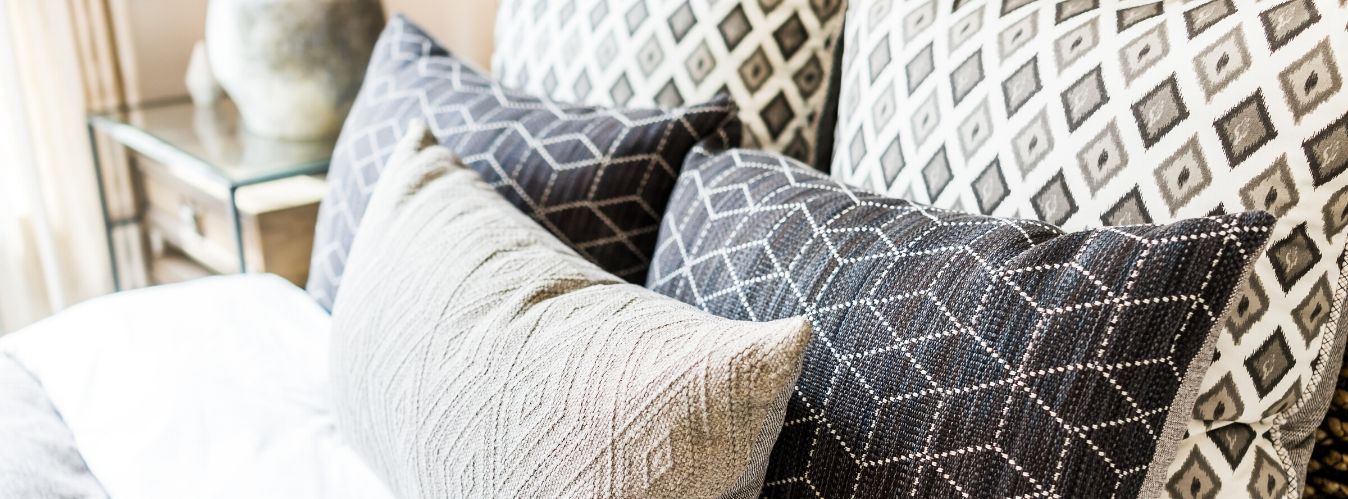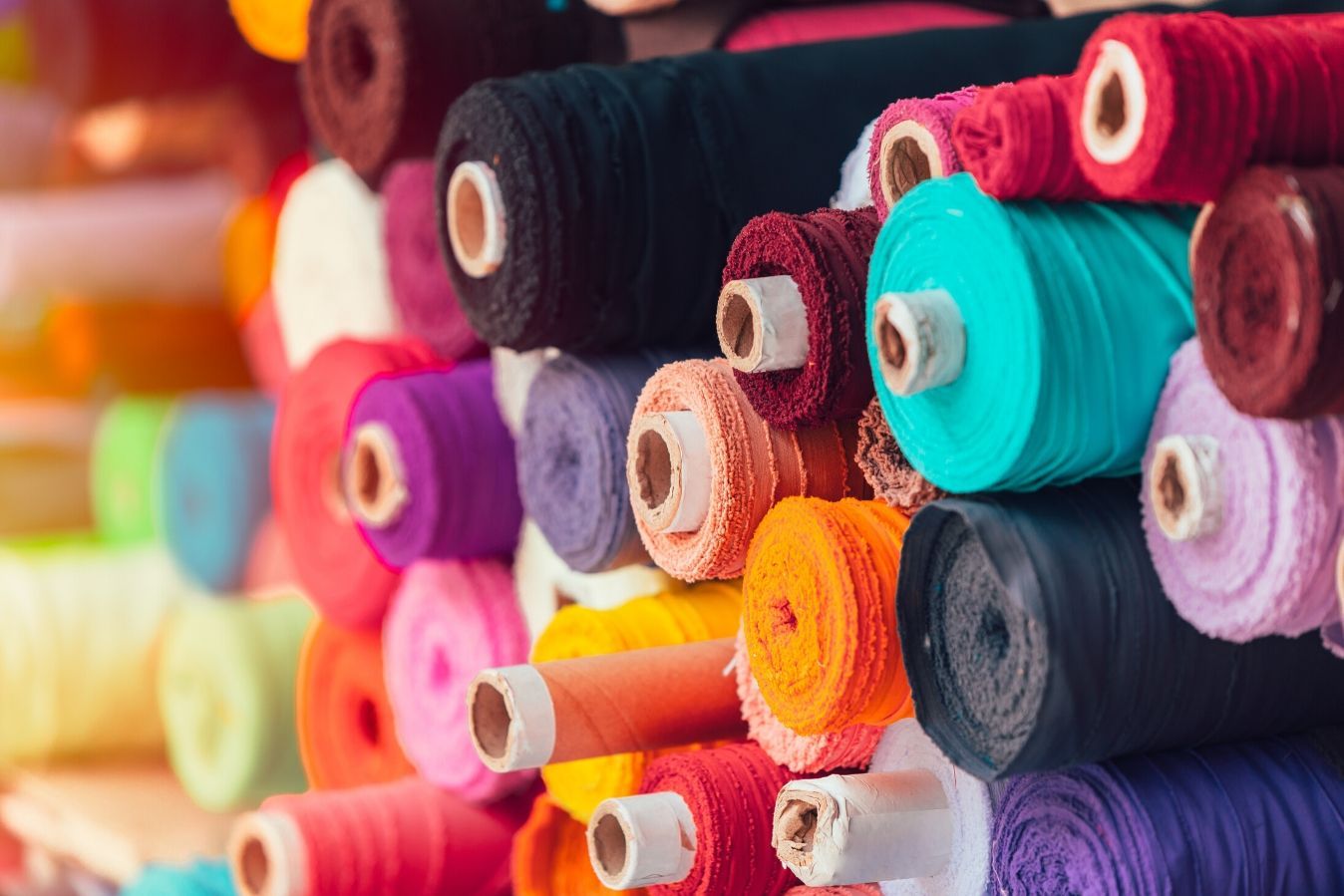Learning How to Sew: Tips for Beginners
Like any activity, it takes time, patience, and practice to learn how to sew. Still, that doesn’t mean people can’t do it. In fact, there are some useful tips for beginners to learn how to sew that will help with supplies, machine knowledge, and how to choose the right fabric and pattern. In time, you’ll produce some expertly crafted items.
Have the Right Supplies
Like baking a cake, when you sew, you need to have the right supplies on hand. This includes pins, a pincushion, a seam ripper, and an iron. You can even have a thimble and sewing needles for hand sewing, or a presser foot and bobbins for machine sewing. Still, there are several types and sizes of sewing needles to choose from. You should always use fresh machine needles to ensure no tension issues or broken thread. Depending on the type of project, consider universal needles, ballpoint needles, stretch needles, denim needles, or leather needles. You should also consider a marking agent, like tacks or tailor’s chalk, to mark along the fabric.
Know How to Use a Sewing Machine
Anyone set on machine sewing must know how to use a sewing machine. It’s important to know that not every sewing machine is the same, but they still all function similarly. First, know where every part or button is, such as the power switch, foot pedal, stitch type knob, stitch length, and so on. From there, you should also know how to thread the machine and bobbin. Some machines, like computerized sewing machines, have an automatic needle threader and different programs to set for the stitch length, width, or type, stitch speed, and seam guides. No matter what, it’s important to know what your machine offers to make your sewing project easier.
Pick the Right Fabric
It’s equally as important to pick the right fabric for the project. Consider all fabric’s qualities, such as the stretch, hold, durability, and comfort. Each type of fabric has its own unique characteristics, so keep this in mind when you choose. For example, consider silk for a full-length dress, cotton for everyday wear, and spandex for swimwear. Regardless, pick the fabric you want, but make sure it fits the pattern appropriately.
Find Your Favorite Pattern
Lastly, it’s important to pick the right pattern for your project. There are lots of different websites or books where you can find a pattern to choose from. In some databases, you can even specify the garment type, fabric type, designer, and sewing level. It doesn’t matter if you use a PDF or paper pattern, as long as you have the right pieces and information to use. Keep note of the sizing measurements, finished garment measurements, and fabric requirements. These will help ensure your project turns out the way you expect it.
For the best wholesale fabric online, check us out at Fabric Wholesale Direct. We sell and ship several types of fabrics straight to your door, like African fabric by the yard, spandex, cotton, silk, and more. If you can’t find what you’re looking for, contact us with any questions; we’re happy to help you find the right fabric choice.
 Transparent
Transparent
 White
White
 Pink
Pink
 Red
Red
 Orange
Orange
 Ivory
Ivory
 Yellow
Yellow
 Gold
Gold
 Brown
Brown
 Green
Green
 Blue
Blue
 Purple
Purple
 Grey
Grey
 Black
Black
 Multi
Multi
 Abstract
Abstract
 African Print
African Print
 Animal Print
Animal Print
 Baby & Nursery
Baby & Nursery
 Buffalo Check
Buffalo Check
 Camo Print
Camo Print
 Celestial
Celestial
 Chevron
Chevron
 Church
Church
 Damask
Damask
 Embroidered
Embroidered
 Floral
Floral
 Geometric
Geometric
 Gingham Check
Gingham Check
 Houndstooth
Houndstooth
 Licensed
Licensed
 Paisley
Paisley
 Plaid
Plaid
 Polka Dot
Polka Dot
 Sports
Sports
 Stripe
Stripe
 Tie Dye
Tie Dye


